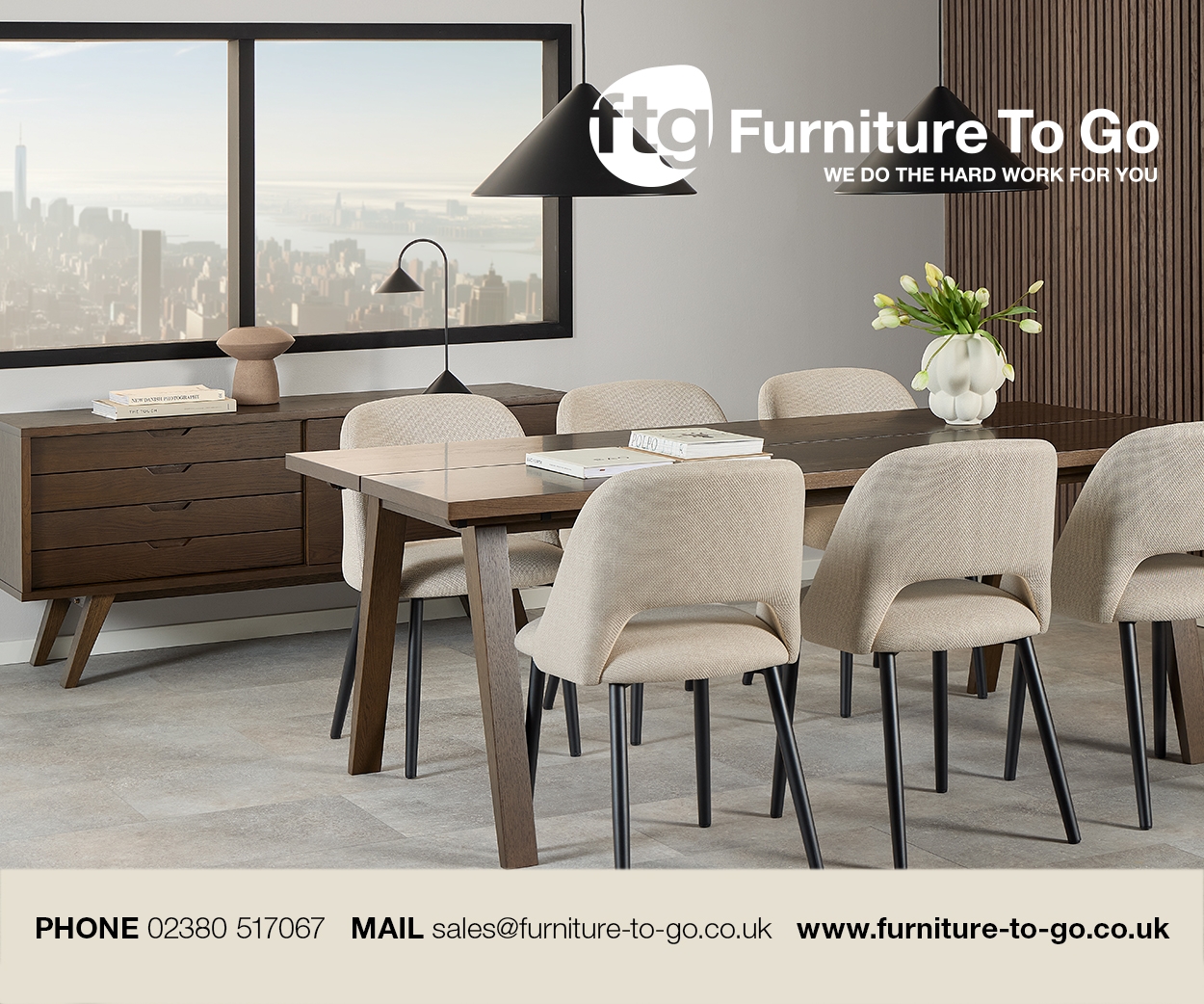It’s not easy being green – but furniture businesses must face up to the challenge. In the second of an exclusive series of articles exploring the whys and hows of becoming a more eco-conscious furniture business, Hypnos Beds’ group sustainable development director, Richard Naylor, looks at the importance (and impact) of having a purpose …
One of the first lectures I received on my MSc Sustainability course was on ‘purpose’. I learnt that purpose is the best starting point for any sustainability journey – prior to that, I most likely viewed it as sustainability rhetoric, and not really top of my list of ‘to-do’ business actions.
As we all try to be more sustainable in our personal and business lives, it’s okay to be ignorant, because we can’t be experts in everything … right? Actually, remaining ignorant or ignoring the issues is not helpful, and ultimately may impact a business’ reputation and value as competitors embrace – and excel in – their positive actions.
My own ignorance or awareness was corrected through expanding my knowledge base through self-study and via more formal and traditional educational routes. My metaphorical lenses were somewhat blurred, and expanding my understanding of various issues has given me clarity of vision to enable considered strategic direction. So often I witness poor choices based on a lack of knowledge surrounding climate change, material choice impact, biodiversity, environmental issues, social issues, and language/claims employed around these areas.
In 2018, Larry Fink, the CEO of Blackrock, the world’s largest institutional investor, entitled his annual letter to CEOs ‘A sense of purpose’, in which he asked companies to “embrace the notion of having a long-term strategy bigger than simply making profit”.
In this year’s letter from the ‘Finkmeister’, the overall narrative remains firmly underpinned by a sustainability and ESG agenda. It is an extremely interesting read, and I would urge anyone to visit www.blackrock.com/corporate/investor-relations/larry-fink-ceo-letter and be pleasantly engaged. The highlights for me are the following two quotes:
“Our question to these companies is – what are you doing to disrupt your business? How are you preparing for and participating in the net-zero transition? As your industry gets transformed by the energy transition, will you go the way of the dodo, or will you be a phoenix?”
And: “That is why it is more important than ever that your company and its management be guided by its purpose. If you stay true to your company’s purpose and focus on the long term, while adapting to this new world around us, you will deliver durable returns for shareholders and help realise the power of capitalism for all.”
Having a business purpose is a statement of intent – but what is purpose, and how can it help my furniture business?
Purpose was defined by the World Economic Forum (WEF) in 2020, with the launch of ‘The Davos Manifesto: The universal purpose of a company in the fourth industrial revolution’, which stated that “the purpose of a company is to engage all its stakeholders in shared and sustainable value creation”.
However, I’m not sure this definition helps on a plain English level. I prefer the following definition by Colin Mayer at the University of Oxford’s Saïd Business School, who defines corporate purpose as producing “profitable solutions to the problems of people and planet, and not to profit from producing problems for people and planet”.
I think this definition adds simple clarity to purpose. Let’s face it, ‘purpose’ is not a new concept. It has been around for decades (and even centuries, in some cases). In fact, Lord Lever, the founder of Unilever, expressed his company’s purpose as “to make hygiene commonplace”.
However, it is only more recently that purpose statements have been transformed to reflect the contemporary issues that people, planet and economies face. Here are a few examples of current purpose statements (good, bad and questionable, in my opinion) of some household brands that you will be familiar with:
Patagonia: “We’re in business to save our home planet.”
Nike: “Our purpose is to move the world forward through the power of sport. Worldwide, we’re levelling the playing field, doing our part to protect our collective playground, and expanding sport for everyone.”
Coca-Cola: “Refresh the world. Make a difference.”
Phillip Morris International: “Our purpose is to deliver a smoke-free future by focusing on smoke-free products that are less harmful than smoking.”
Pfizer: “Working together for healthier world.”
Starbucks: “As it has been from the beginning, our purpose goes far beyond profit. We believe in the pursuit of doing good.”
IKEA: “To create a better everyday life for the many people.”
M&S: “Enhancing lives. Every day.”
For a lot of businesses, a purpose statement has become their north star, a bright guiding light that drives a force for good business strategy whilst delivering economic benefit to stakeholders.
For brands, a strong purpose is a statement of intent for consumers. In recent years, brands such as Patagonia, Allbirds and The Body Shop (albeit for much longer) have raised the consumer profile of their business with great, planet-friendly purposes. However, be warned – purpose is a way of behaviour, and not an opportunity to market positive actions whilst actually doing very little. The US has recently seen class actions brought against brands that are overpromising and underdelivering.
So, to answer the question I know you all have – how do I become a purpose-led furniture business? – the following is a simple, six-step process that will help purpose-guide your business strategy:
1. Review
Look at your current assets, such as mission, vision, values and positioning statements. Is there a theme that helps define purpose and inspire stakeholders?
2. Engage
Work with internal and external stakeholders to gain balanced feedback. This bottom-up approach can be inspirational, truthful and, most importantly, authentic.
3. Write
With the insight gained from steps one and two, craft a purpose statement with both internal and external communication expertise. Consideration should be given to clarity, inspiration, practicality, authenticity and trust.
4. Alignment
Now the purpose has been written, the core business strategy will need to be reviewed and amended to ensure alignment with purpose.
5. Communicate
Tell everyone about your purpose. Socialise it as much as possible, as it is now a commercial asset. Ensure your communication plan is resourced enough to maximise ROI, build trust and create a differentiator from your competitors.
6. Measure
Review the outcomes and impacts by monitoring purpose progress. This can be achieved through questionnaires/surveys, focus groups and 1-2-1 conversations.
All of the above can be undertaken by small or large businesses – there are no scale rules here! I’ve implemented purpose at Hypnos in conjunction with stakeholders, and we are working hard for people, planet, and, of course, profit (there’s no shame in this!).
This is the second in a series of articles on the topic of sustainability from Richard – see the previous and upcoming issues of Furniture News for more.









